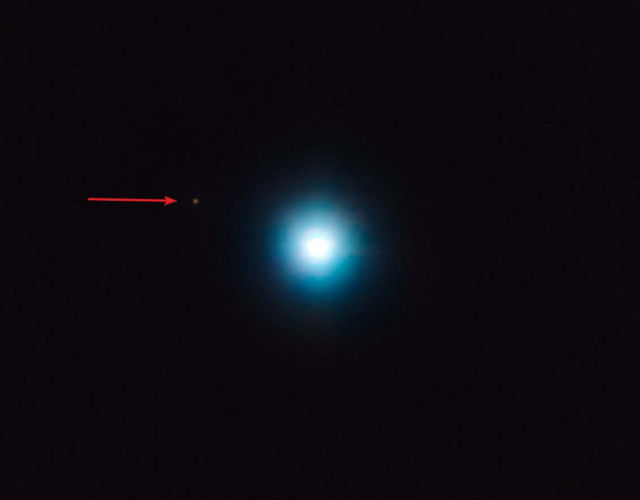This unique image of an exoplanet orbiting a T-Tauri star named CVSO 30, located approximately 1200 light-years away from Earth.
Astronomers hunt for planets orbiting other stars (exoplanets) using a variety of methods. One successful method is direct imaging; this is particularly effective for planets on wide orbits around young stars, because the light from the planet is not overwhelmed by light from the host star and is thus easier to spot.
In 2012, astronomers found that CVSO 30 hosted one exoplanet (CVSO 30b) using a detection method known as transit photometry, where the light from a star observably dips as a planet travels in front of it. Now, astronomers have gone back to look at the system using a number of telescopes. The study combines observations obtained with the ESO’s Very Large Telescope (VLT) in Chile, the W. M. Keck Observatory in Hawaii, and the Calar Alto Observatory facilities in Spain.
Using the data astronomers have imaged what is likely to be a second planet! To produce the image, astronomers exploited the astrometry provided by VLT’s NACO and SINFONI instruments.
Image Credit: ESO/Schmidt et al.
source ESO






Leave A Comment